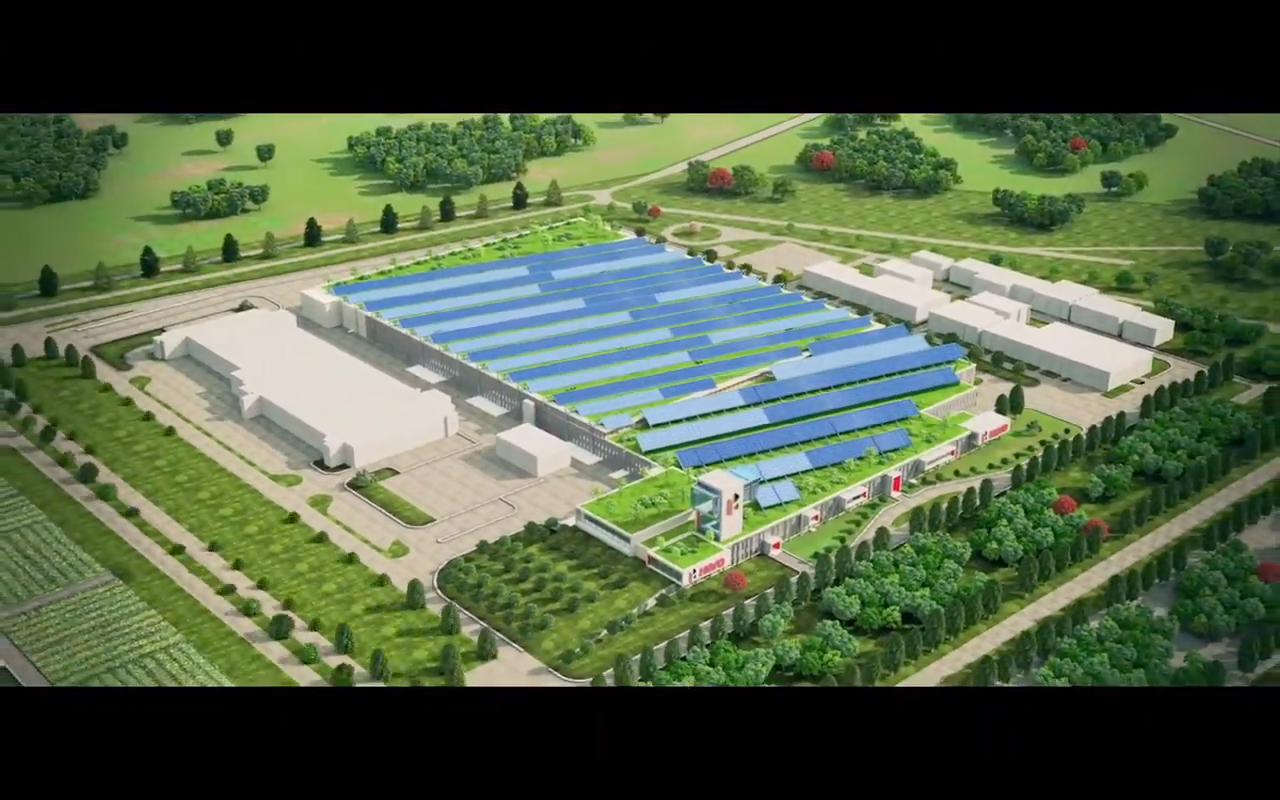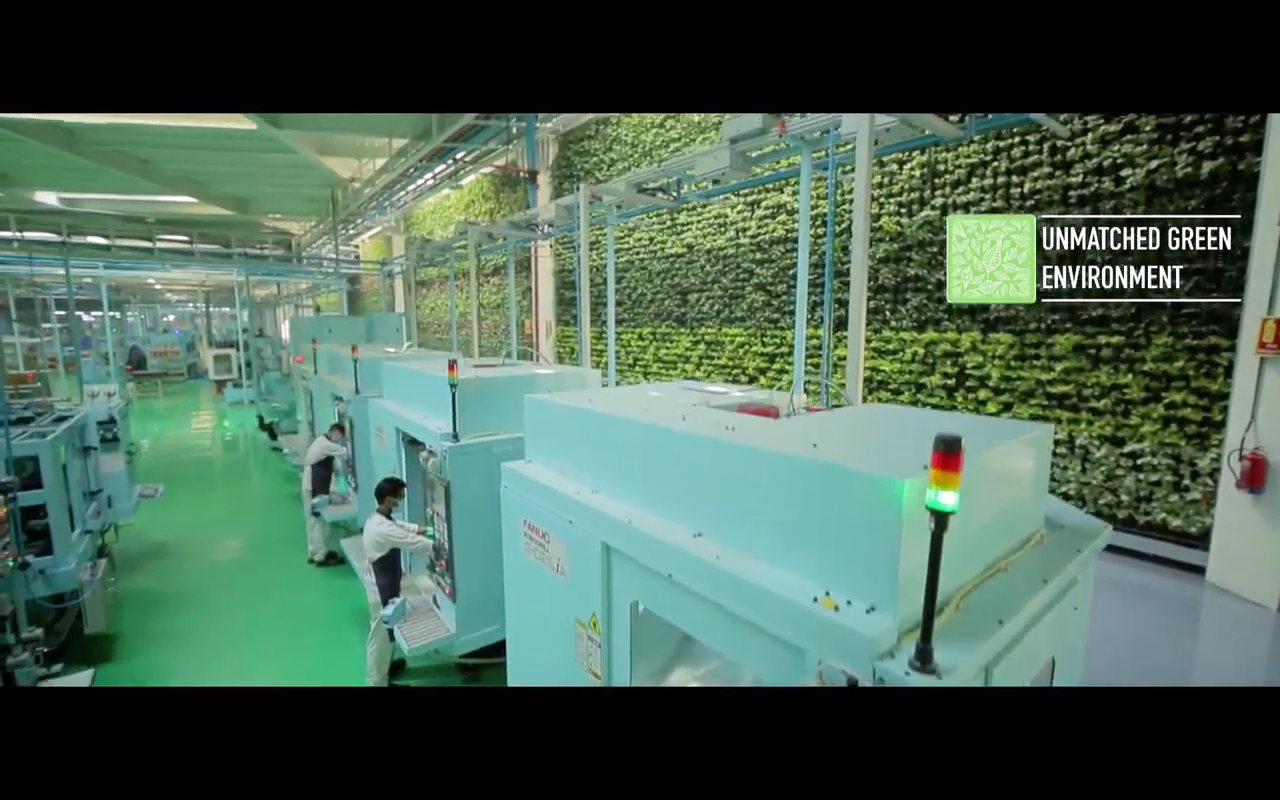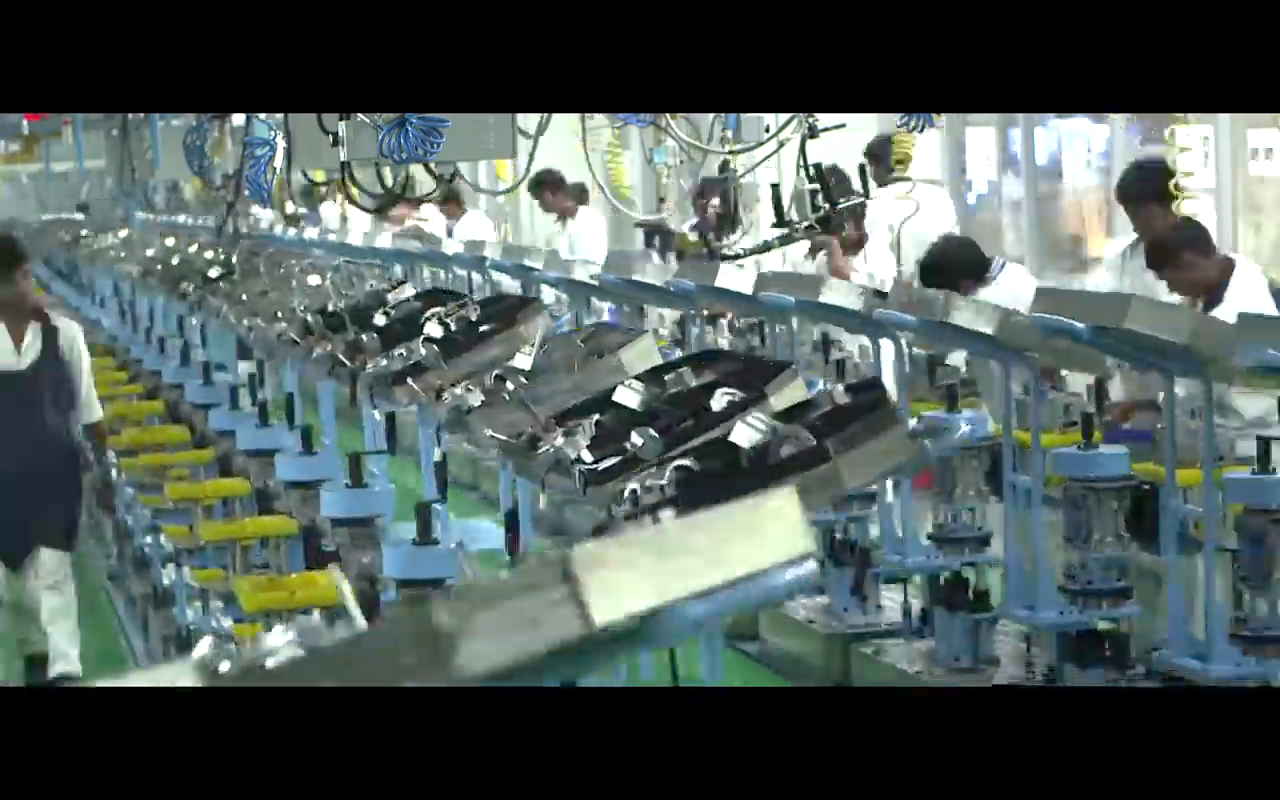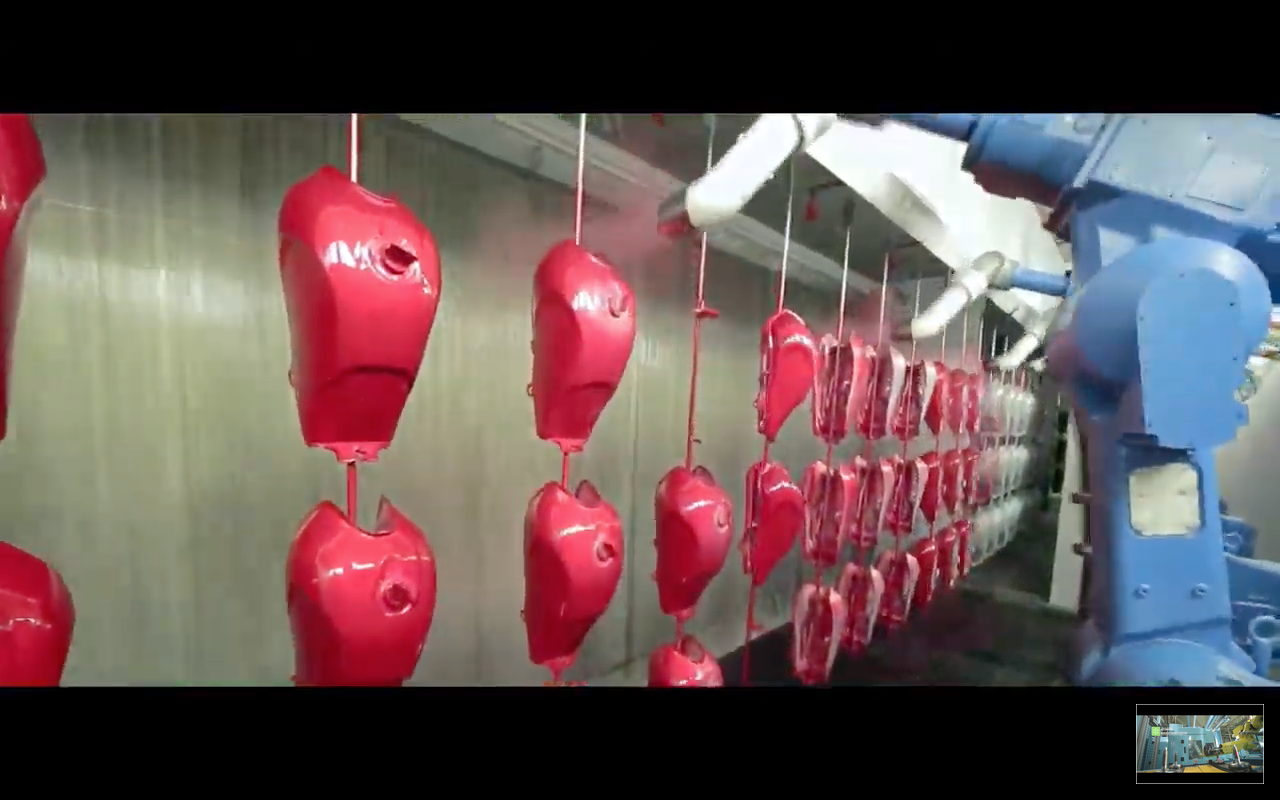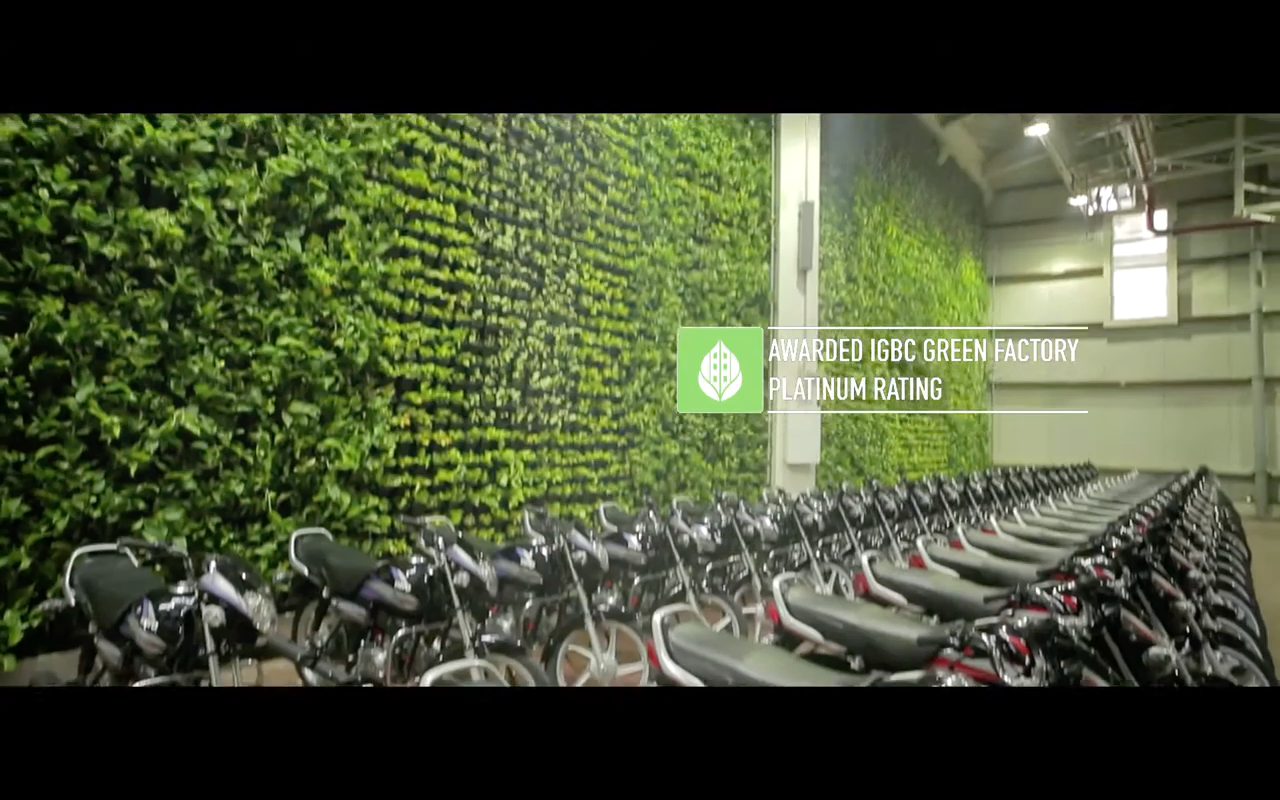If you are selling millions of motorcycles every year, then you need production facilities like no other. It's tempting to think of Indian companies such as Hero as operating out of Victorian-style factories, with little or no technology but, as these videos show, maybe we should reassess that assumption.
Hero Motorcycles' Factories In India Are Amazing!
Maybe you are unaware of how vast the Indian motorcycle market is and the staggering numbers of motorcycles that are sold every year. In 2011, total motorcycle sales were in the region of 11 million. By 2019, that had risen to 21 million. In 2021, the number so far is sitting at 15 million. Whichever way you cut it, those are massive numbers and it's no wonder that companies such as Hero sell more motorcycles every year than almost every other motorcycle manufacturer in the world combined, apart from the Chinese and other Indian motorcycle companies, perhaps.
Just so you know, Hero sold 530,346 motorcycles in September 2021 alone while KTM managed 176,045 sales in the first six months of 2021 while BMW managed 165,000 in the whole of 2019. Now do you get what I'm talking about?
Being India, there is a great temptation to assume that the factories producing these motorcycles are relics of a century ago: dark, dirty and relying solely on manual labour, with no automation whatsoever.
Well, it's time to reassess that assumption, as these two videos show. They profile two of Hero's factories - Neemrana and Vadodara - and they make any other motorcycle manufacturing plant you care to mention look positively last-century.
The level of automation is one thing but it is the ecological aspect that really catches the eye. Huge efforts are made to offset carbon emissions, harvest sunlight, recycle water and provide working conditions that are a match for anything seen in western facilities.
They grow food to support the workers and their families and appear to take the welfare of their staff very seriously indeed. And they do all this while producing a motorcycle every two seconds in the Neemrana factory, while the Vadodara produces one every 18 seconds. By any measure, those are incredible figures.
We should have guessed that such production levels weren't achieved without significant investment in automation but it is the non-production line aspects of the factories that really surprise. They show that it is time we changed our perceptions of the motorcycle industry in India and maybe start learning lessons from them.

